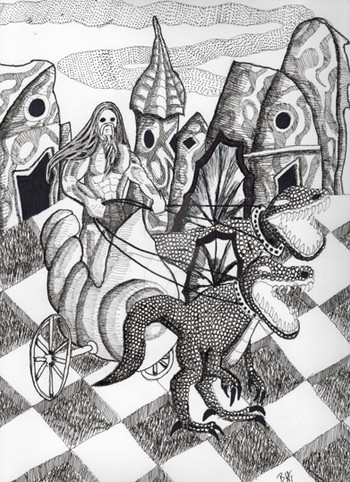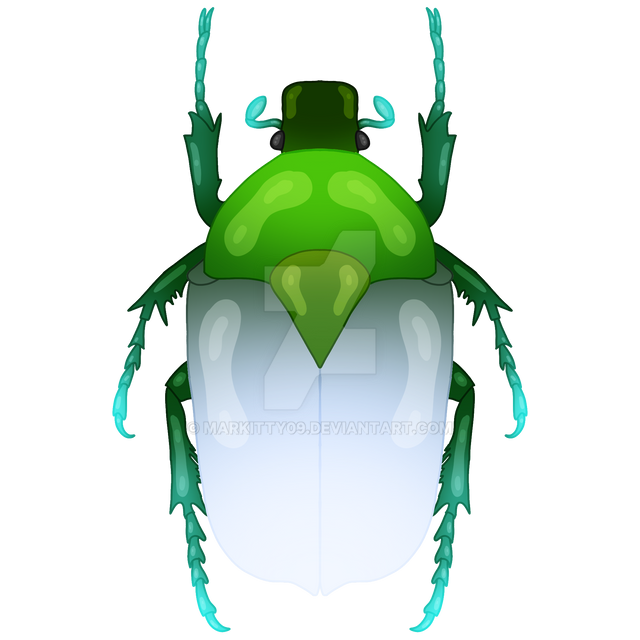HOME | DD
 echo1085 — Kipbit
echo1085 — Kipbit

#animal #biology #evolution #fauna #mountains #organism #speculative #zebra
Published: 2020-11-18 23:33:15 +0000 UTC; Views: 501; Favourites: 9; Downloads: 1
Redirect to original
Description
Description of habitat- These animals inhabit the spires of Ev, a pocket of greenery which gets more alpine rain {and sometimes frost from morning dew} but is filled with sheer drops, steep inclines, and scatterings of boulders, making this the most difficult terrain to navigate in all of Zebra Island. Plant life close to the summit consists only of red mt. doums and a kind of hanging gourd. However, around the base one starts to find acacias and larger doums as well as three more gourd species.Diet- These zebras feed mainly upon the gourd, although they will feed on the doums if they get the chance. It can only germinate after the seeds pass through the digestive tract of a Kipbit. The gourds are also an excellent source of water.
Temperament- kipbits have no predators, and display little reaction to being startled. They are confident, curious animals.
Social Behavior- Kipbits are solitary animals, non-territorial, and totally ignoring one another on most cases. they do sometimes 'squabble' over a plant where they will start braying at one another; they try to avoid fighting whenever possible as it could lead to a fatal fall, so whoever has the louder braying gets to proceed and eat. They also use a separate vocalization to keep in touch with other kipbits, which increases dramatically during breeding season.
Reproduction- as soon as there are no morning frosts, the kipbit's call becomes more insistent. After broadcasting their song, they quietly and patiently wait for a return call. If he or she hears one, they will hop along towards the direction of the noise, then pause to call again, and so on and so forth, until they eventually find one another. They will choose a more stable, flat-surfaced boulder where they mate. The pair will then split up and may either remain together the next year, or select a different partner. Fathers are not particularly paternal but they do remain in the area for a short while.
Additional Adaptations- Kipbits have sharp, pointed hooves which as similar to a klipspringer's, allowing them to leap and bound with great skill along the dangerous terrain. This zebra's fur acts as a way to avoid absorbing heat, as it can get pretty toasty. They are mainly crepuscular, but are often active after nightfall as well. because nothing eats them, they have all but lost their stripy coat. They hide inside caves or areas shaded from the sun during the day.

























